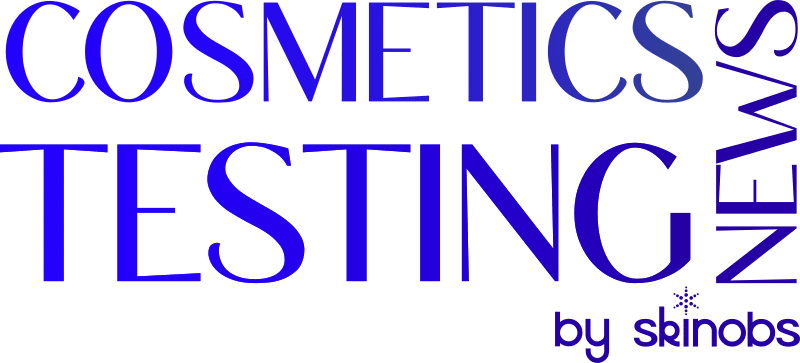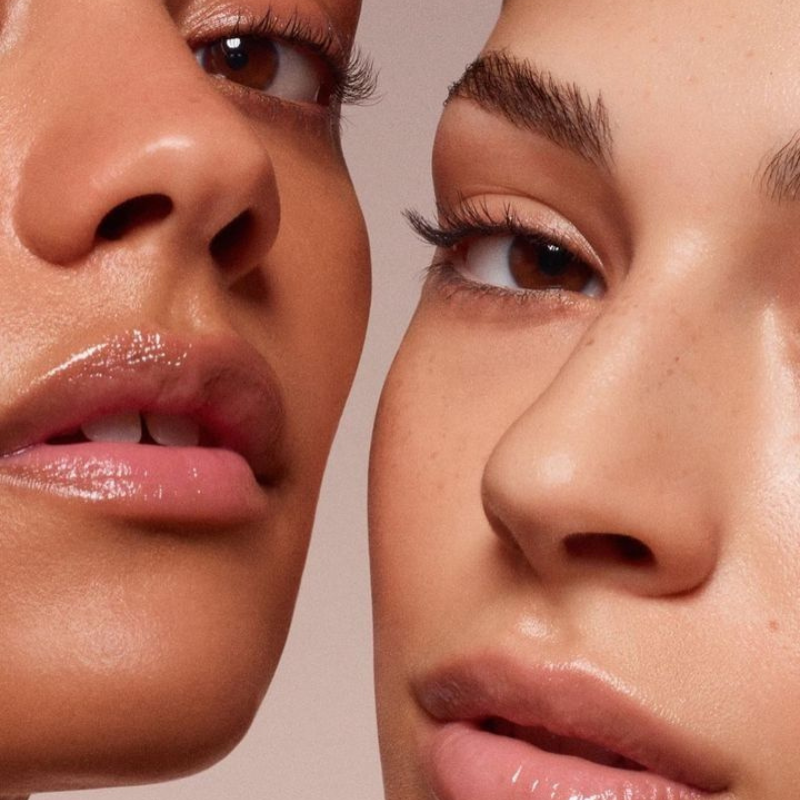Claim Substantiation in Cosmetics: Building Credible Scientific Evidence
In today’s competitive cosmetics market, a claim is only as strong as the scientific evidence behind it. Claim substantiation ensures that a product’s promises are not only marketing statements but verifiable facts, aligned with consumer expectations and regulatory frameworks.
For brands, substantiation enhances credibility. For R&D teams, it guides development. For regulatory specialists, it ensures compliance with standards such as EU Regulation 655/2013 or ISO guidelines on cosmetic claims.
Understanding Claim Substantiation
Claim substantiation involves designing and conducting scientific studies that demonstrate a cosmetic product achieves its intended effect. Claims may relate to hydration, anti-aging, soothing, or brightening. Evidence can be derived from:
- In vitro assays: evaluating biochemical activity or cellular responses.
- Clinical trials: measuring effects on human volunteers.
- Consumer perception studies: understanding the subjective experience of product use.
Regulatory Framework
Across Europe, North America, and Asia, regulatory authorities require that cosmetic claims be substantiated by reliable data. A claim without evidence risks legal consequences and damages brand trust.
Proper substantiation involves aligning study protocols with international standards, documenting results, and ensuring transparency for audits or inspections.
Methods for Claim Substantiation
Instrumental Measurements: Devices such as corneometers, cutometers, and colorimeters provide objective, reproducible data.
Clinical Trials: Well-designed clinical studies confirm efficacy under controlled conditions, using robust statistical analysis to validate findings.
Consumer Perception Tests: Panels assess texture, sensorial qualities, and satisfaction, offering insight into real-world performance.
For brands seeking a turnkey solution to substantiate claims, Skinobs connects companies with certified laboratories worldwide. The platform ensures access to standardized protocols and expertise in both preclinical and clinical testing.
Designing Robust and Compliant Studies
Effective claim substantiation requires careful planning:
- Define the claim precisely.
- Select the most suitable preclinical or clinical model.
- Determine sample size and endpoints.
- Ensure statistical power for meaningful results.
- Document all methods and findings in a clear report.
This methodology ensures that claims are defensible, credible, and recognized by regulators.
How Skinobs Facilitates Claim Substantiation
Using Skinobs, brands can:
- Access a network of qualified laboratories.
- Compare methodologies and select the best-fit protocol.
- Integrate innovative measurement techniques like 3D imaging or microbiome analysis.
- Receive support in interpreting results for regulatory and marketing purposes.
For R&D, marketing, and regulatory teams, visiting Skinobs is a natural next step to efficiently and scientifically substantiate product claims, strengthen brand credibility, and accelerate market approval.
Future Trends
Emerging trends in claim substantiation include:
- Integration of AI and big data for predictive claim validation.
- Multi-dimensional studies, combining biological, sensory, and consumer data.
- Non-invasive, high-resolution technologies to enhance measurement precision.
These developments continue to raise the scientific standards for cosmetic claims and drive trust among professionals and consumers alike.





